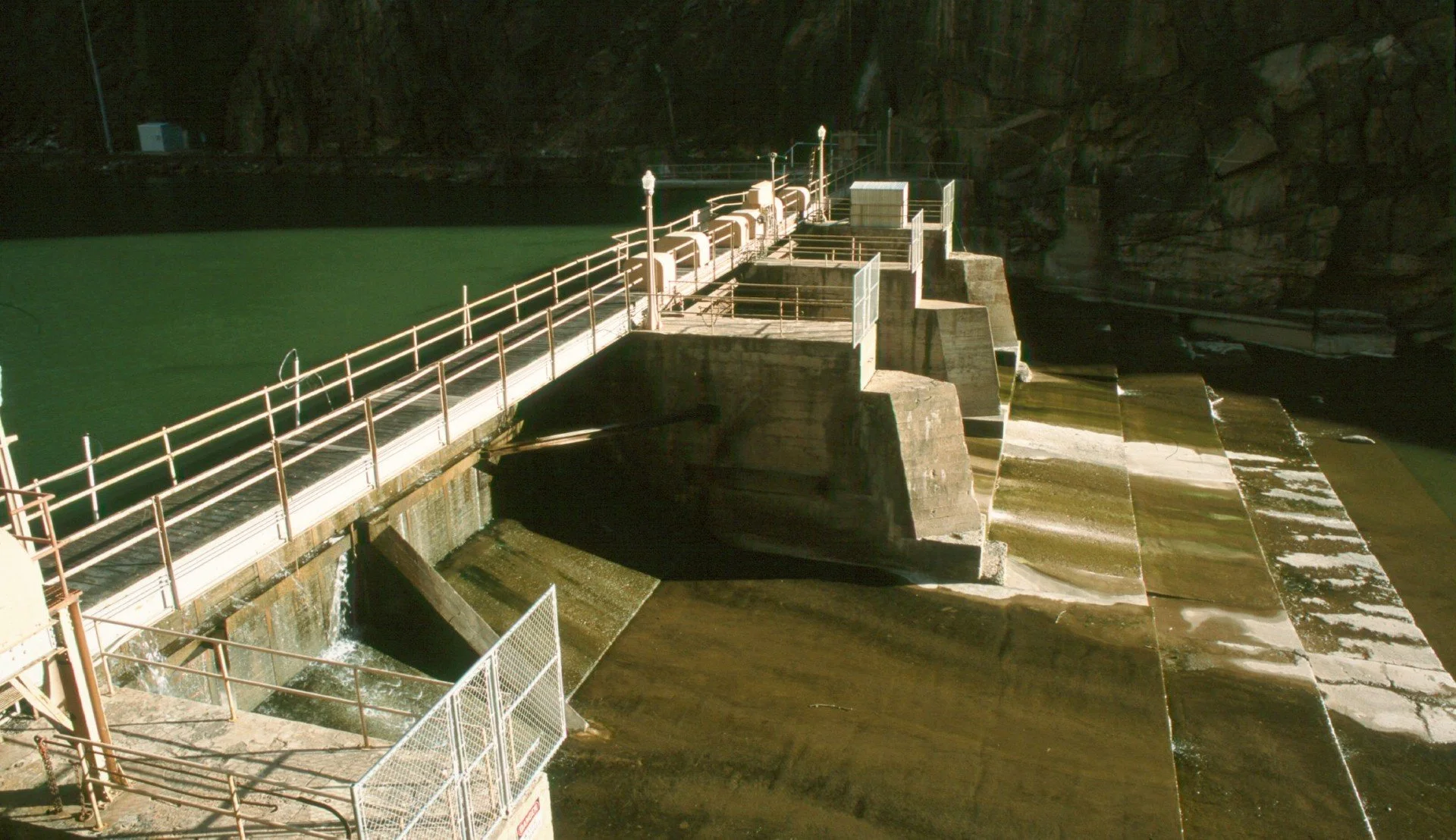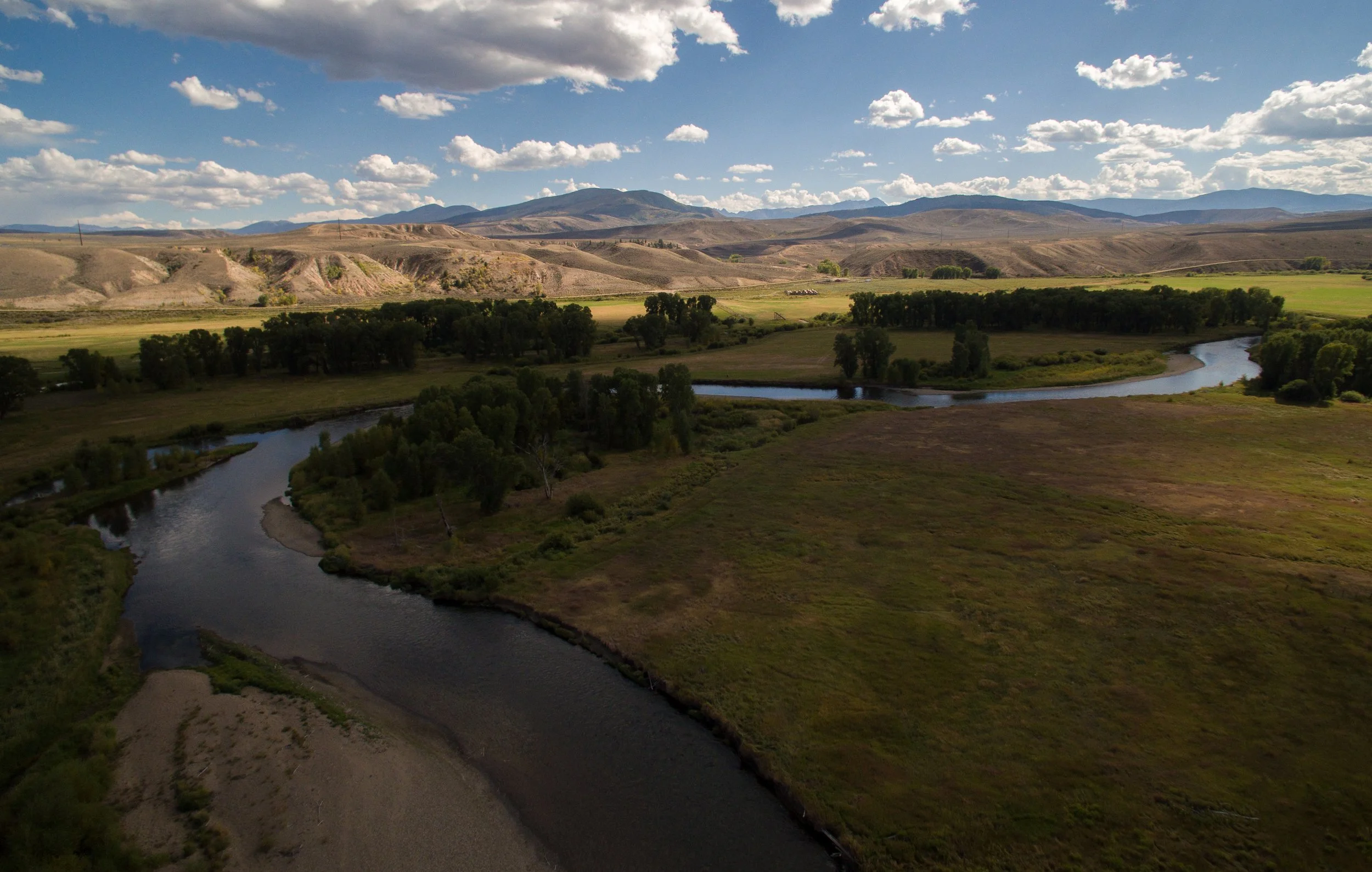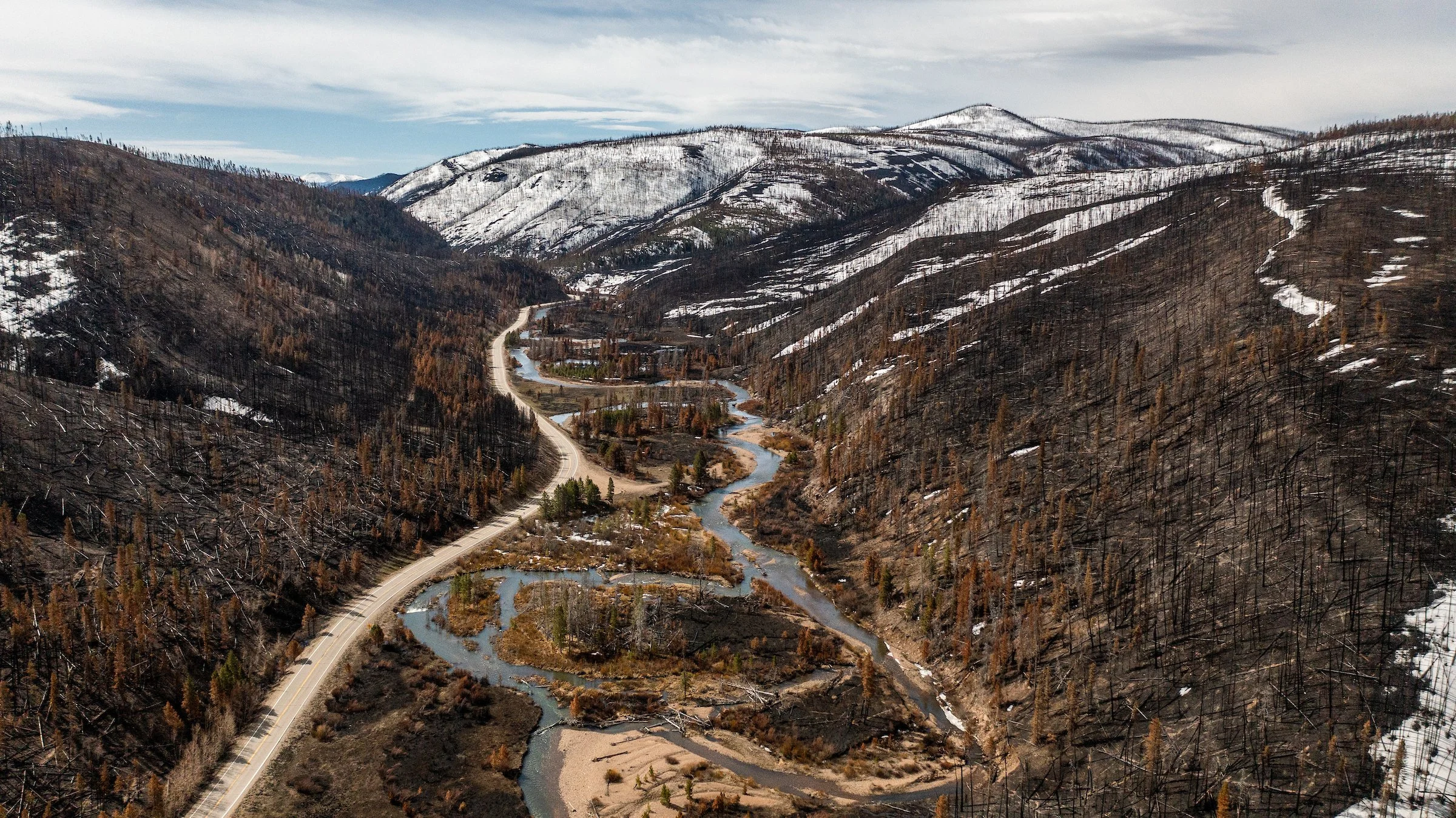http://www.jhguide.com/article.php?art_id=2500 By Cory Hatch December 6, 2007 A survey of scientific studies on climate change and fish shows that Western populations of trout could diminish by as much as 60 percent as water warms, bugs disappear and droughts become more prevalent.
The report, compiled by Trout Unlimited, looks at the effects of climate change on trout and salmon habitat across the country. The report also suggests ways to make habitat more resilient to threats associated with a predicted 2 to 10 degree global temperature increase during the next 100 years.
Jack Williams, chief scientist for Trout Unlimited, said trout and salmon are good indicators of ecosystem health because they require cold, clean water for spawning, egg survival and rearing of young.
"We're already seeing the effects of climate change," said Williams, who pointed out that mayflies, an important food source for trout, are starting to emerge at an earlier time of year. "We've got a lot of trout populations that are poised to lose about half of their range."
In addition to warmer water and impacts on insects, Williams said, climate change could mean greater floods, reduced snowpack, earlier runoffs, more wildfires and increased insect infestations in forests, all of which can hurt trout populations.
Bob Gresswell, a research biologist with the U.S. Geological Survey's Northern Rocky Mountain Science Center, studies cutthroat trout in the Greater Yellowstone Ecosystem, including one project below Jackson Lake Dam. Gresswell says trout across the West are so susceptible to climate change because development and irrigation pressures have already pushed populations into more isolated, high-elevation streams.
Further, humans have introduced non-native fish such as rainbow trout, brook trout, lake trout and brown trout into cutthroat trout ecosystems, increasing the risk of hybridization and predation. Climate change could amplify the negative effects non-native fish have on trout, Gresswell said.
For instance, reproduction times for rainbow trout and cutthroat trout are somewhat isolated by the spring runoff. Cutthroat trout spawn just after the peak runoff and rainbow trout spawn just before. But with spring runoff coming earlier each year, Gresswell said, rainbow trout could eventually come to a point when they can't spawn any earlier, and the chance of hybridization could increase.
Gresswell pointed to fish die-offs and fishing closures in Yellowstone and Montana as a probable sign that global warming is already affecting trout populations.
"I worked in the park for 17 years and we never closed the fishery even once [because of warm water]," he said.
Both Gresswell and Williams said that while it could be too late to stop climate change, it isn't too late to make trout habitat more resilient to its effects.
"Let's start working right now on things that we can do to our local stream systems to prepare for the kinds of impacts that we know are coming," Williams said.
Restoration efforts include trying to reconnect larger low-elevation waterways to the smaller upper-elevation streams native trout now inhabit.
"That allows the fish to basically move around and find better habitat conditions," Williams said. Other ways to protect trout include removing old culverts, planting native trees and shrubs along streams to provide shade and protect stream banks, and placing logs and boulders in the stream to provide sections with deeper, cooler water.







